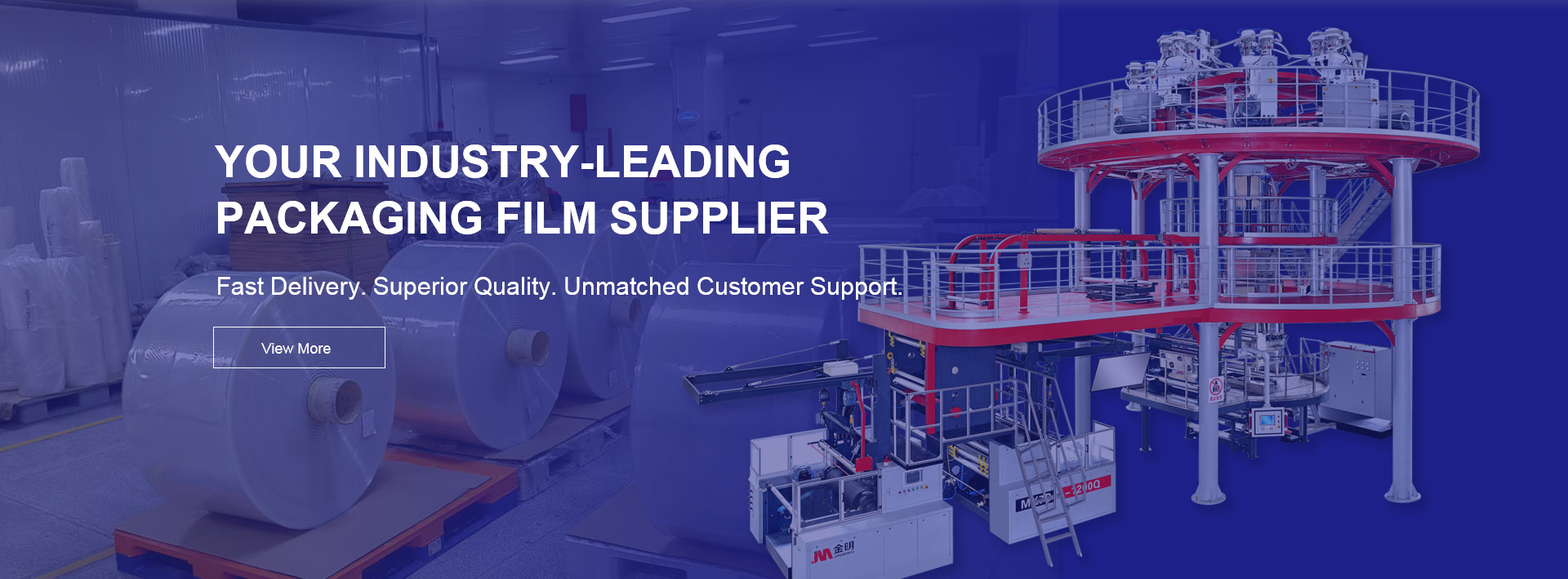
In the competitive world of food packaging, ensuring that food is safe, fresh and visually appealing is vital. Printing laminated films have become a top alternative in the food packaging industry offering a number of advantages that cater to both manufacturers and consumers. This article highlights the main five benefits of using printing laminated film for food packaging and shows its growing importance in the market.
1. Enhanced Product Protection
High-Level Shielding Ability:
Printing laminated films are manufactured with exceptional ability to shield against various external elements like moisture, oxygen and contaminants. Through this high level barrier skill, they help to maintain flavor, freshness as well as extend shelf life of food products. In essence, there will be no chance for any harmful thing coming into contact with the produce thereby making it safe to eat.
Stronger:
The fact that these films are usually made out by more than one layer makes them stronger thus able to protect food items from getting damaged while in transit or during handling. This added strength reduces chances for tears, punctures or leaks which ensures product protection since their wrapping remains intact.
2. Eye-Catching Design and Branding
Fine Printing Quality:
By making use of print laminated film it is possible for brands to obtain bright colors and even complicated pictures on printed packages which are eye-catching enough on supermarket shelves thus attracting customers’ attention among other goods standing close by. On top of being able to be printed straight onto the film, it is also an effective marketing tool that brands can use.
Customizable Solutions For Packaging Changes:
The adaptability feature common with printing laminated films helps meet particular brand requirements and customer tastes too. Firms could therefore change their sizes with respect to their brand identity and product characteristics so as to satisfy their needs through changing certain parameters such as shape or design required when packaging materials are being prepared. This helps companies to popularize their brands and also create some loyalty among customers.
3. Extended Shelf Life
Keeping Freshness:
According to the recent studies, laminated films are mainly used in food packaging since they can keep products fresh for a long time. Being an oxygen and moisture barrier, laminated films slow down spoilage process thus extending shelf life of all kinds of foods. These longer-lasting consumer goods cut down on waste for manufacturers as well as retailers.
Nutritional Value Preservation:
Nutrients and vitamins presence is ensured by the hermetic qualities that laminated films possess: they don’t let either air or light in that could destroy these elements mostly found in the food package. By having a wholesome appeal as dictated by its appearance, laminated film maintains product integrity while still serving the best interests of its consumers.
4. Versatility Across Product Types
A Wide Range Of Applications:
Printing laminated films should be considered when it comes to different types of food products such as dry groceries and snacks or even frozen items and dairy products. Consequently, this makes them suitable to manufacturers looking for a single packaging option that will work with different product types. However, by matching specific requirements for particular foods category, laminated bags enable flexibility and ease.
Different Packaging Formats Can Be Used With It:
Laminated prints allow them being adapted into many forms of packages like bags or wraps hence offering variously packaged needs within one manufacturing solution from which producers may choose according to their needs at any given time period they might desire. It allows firms to experiment with new designs that make certain things easier such as making products more user friendly while at the same time enhancing their attractiveness on store shelves through creative wrapping ideas leading to increased sales volumes accordingly.
5. Advantages of the environment
Reductions in Material Usage:
Because laminated films possess strength and barrier properties, they enable the use of thinner materials which result in lighter overall packaging weight and less material usage. This decreases the consumption of materials contributing to a sustainable environment through minimized resource utilization and waste generation.
Recyclable Options:
Concern for the biosphere has led some manufacturers to develop recyclable lamination films that offer same benefits as those offered by tradition options. It is possible to have an ecological alternative film that offers eco-friendly packaging solution that addresses consumers’ demand for green products. For brands, shifting to recyclable laminated films can illustrate their dedication to sustainable practices while attracting environmentally conscious customers.
Conclusion
Printing laminated films offer a range of benefits that make them a valuable solution for food packaging. Laminated films are a versatile and efficient package option that manufacturers can utilize because they offer product protection, eye-catching design, longer shelf-life, as well as environmental advantages. The use of printing laminated films in the food packaging industry will increase due to its need for innovative, high-end and sustainable packing solutions. Brands can add value to their products, meet customer expectations and keep pace with a changing market by using printing laminated films effectively. Packaging excellence within the food industry can be achieved through various means such as protecting fragile items or making exceptional designs using laminated films.